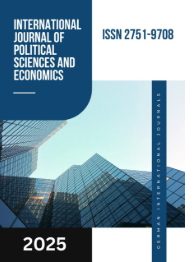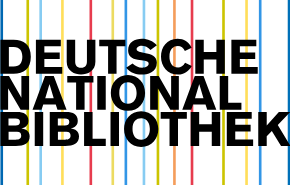THE DEVELOPMENT OF THE CONCEPT “CHILD” IN UZBEK AND ENGLISH BY MEANS OF PHRASEOLOGICAL UNITS
DOI:
https://doi.org/10.55640/Abstract
The concept of "child" holds profound significance across cultures, shaping societal values, beliefs, and practices related to upbringing and education. In both Uzbek and English contexts, the development of this concept can be traced through various phraseological units—proverbs, sayings, and idiomatic expressions—that encapsulate cultural attitudes toward childhood. These linguistic constructs serve not only as reflections of societal norms but also as vehicles for transmitting wisdom across generations.
References
1. Weinreich U. O semantic structure language. - V kn.: Novoe v lingvistike: vyp. V. Yazykovye universalii. - M., 1970. - p. 87. etnoshenia.
2. Arnold I.V. Lexicology of the modern English language. - M.: Vysshaya shkola, 1986. - p. 295.
3. Abdusamadov, Z.N. (2021). The classification and functions of phraseological units in the English language. Academic research in educational science, (2), 1135p.
4. Babkin A.M. Russian phraseology, ee razvitie i istochniki. - M.: Nauka, 2009. - p. 97.
5. Kunin A.V. Phraseology of the modern English language. Publisher: Mejdunarodnye otnoshenia. -M., 1972.-p. 143, 295.
6. Popov R.N. Phrases of modern Russian language with archaic meanings and forms of words. Uchebnoe posobie dlya pedinstitutov. - M.: Vysshaya shkola. 3rd ed., 1985. - p. 11
Downloads
Published
Issue
Section
License

This work is licensed under a Creative Commons Attribution 4.0 International License.
Authors retain the copyright of their manuscripts, and all Open Access articles are disseminated under the terms of the Creative Commons Attribution License 4.0 (CC-BY), which licenses unrestricted use, distribution, and reproduction in any medium, provided that the original work is appropriately cited. The use of general descriptive names, trade names, trademarks, and so forth in this publication, even if not specifically identified, does not imply that these names are not protected by the relevant laws and regulations.







